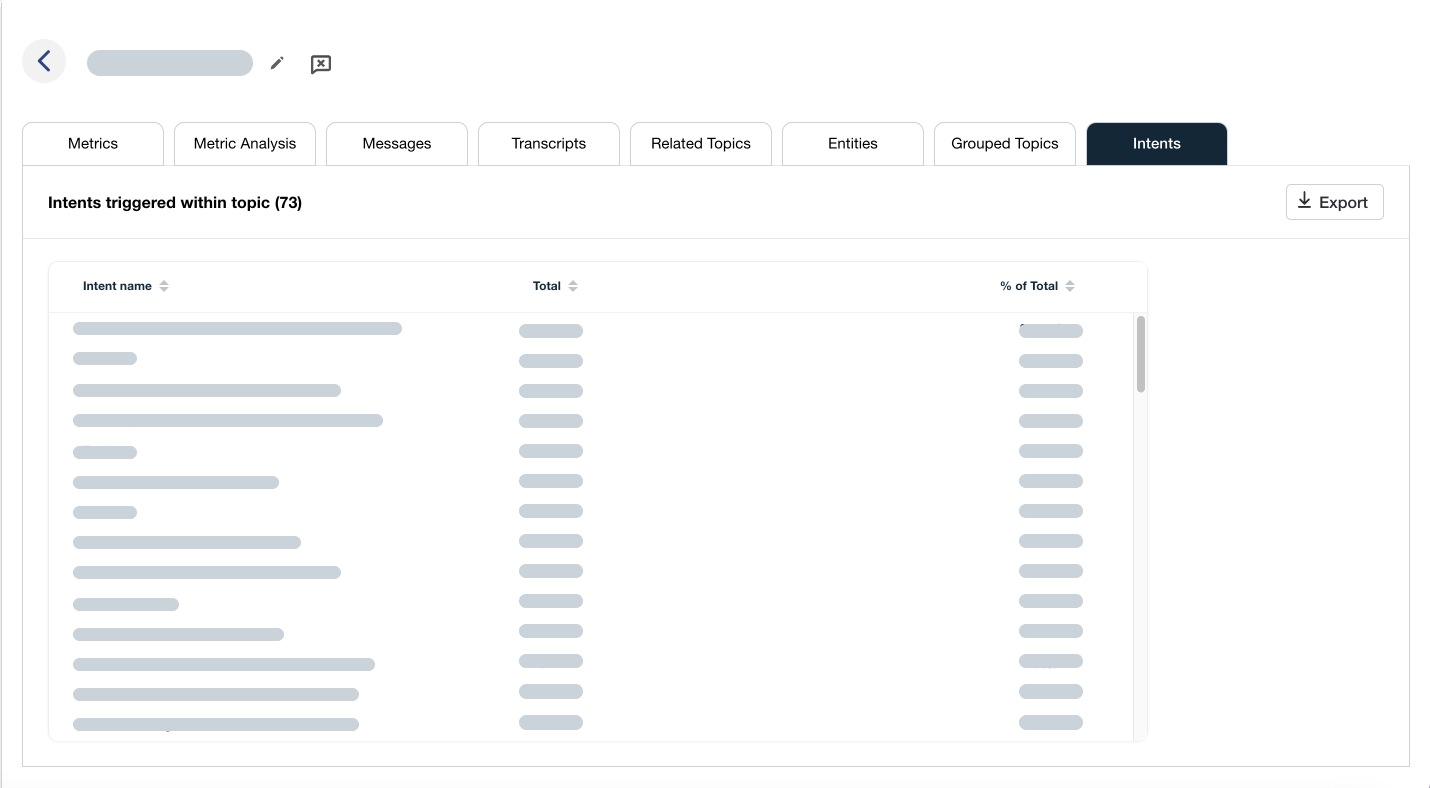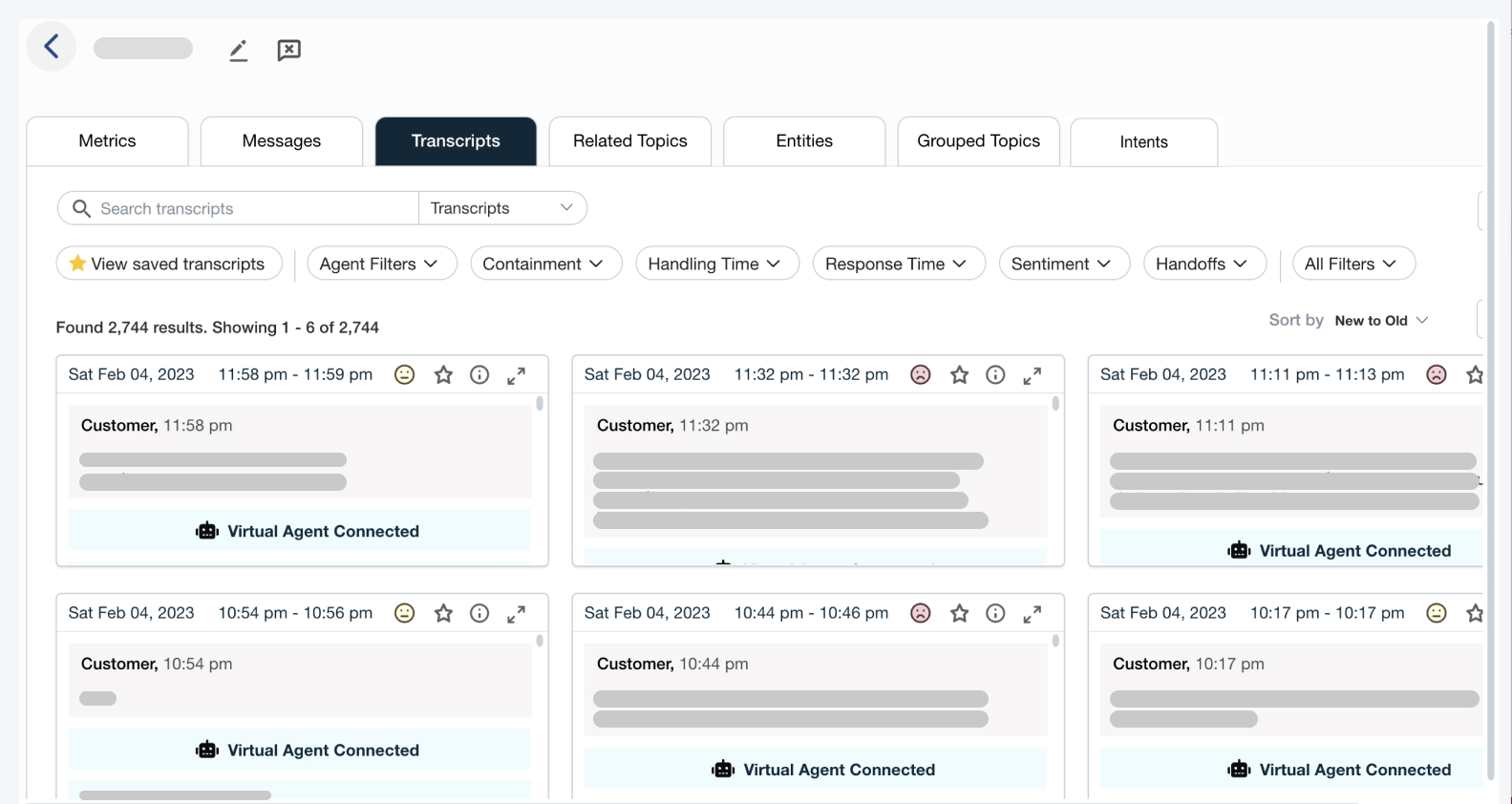5 Ways to Become a WFM Guru
5 Ways to Become a WFM Guru

Workforce Management is so much more than smarter scheduling and forecasting. With an open mind and the right partner by your side, it can unlock the secret to effective employee and customer engagement. Magnus Geverts shares 5 ways to become a WFM guru.
Over the years, I have been lucky enough to work with many dedicated and talented individuals who have achieved some remarkable things with Workforce Management (WFM). Based on the insights of Calabrio/Teleopti’s customer community combined with our first-hand experience of guiding organizations through the often-complicated maze of scheduling and forecasting, here is an insider’s guide to making the most of your WFM technology.
5 Ways to Become a WFM Guru
1. Get to know your people
Truly engaging with employees is central to great customer service and smooth operations. If you don’t really understand what matters to them, how can you design schedules that accommodate their personal circumstances to motivate and strike a healthy work/life balance? Weekly kick-off meetings, regular huddles and 1-2-1s are simple ways to find out who needs to start work early to pick up their children from school in the afternoon or who actually wants to work at weekends or cover the more unpopular shifts.
2. Involve staff in the scheduling process
This is the next step to engaging with team members. Consider running workshops so staff understand why you are scheduling the way you are scheduling. Encourage planners to attend the occasional team meeting so that everyone gets an overview of what influences shifts and schedules. That way, no- one feels victimized and people are more likely to accept shifts and work together at all levels.
Establish a feedback loop. Why not hold open, interactive forums where customer service representatives (CSRs) have the opportunity to ask questions or make requests around scheduling and the planning team can implement the best ideas or explain the limitations of others?
3. Be bold and be strategic
This involves being curious in two very important ways. Firstly, consider the operational and business needs of all stakeholders – both the customers and all levels in the company from front line employees through to the results the board wish to see. Next, make time to really get beneath the bonnet of your WFM technology to make the most of all the functionality available and ensure it meets everyone’s key objectives. For instance, first, find out what your company goals are for the customer experience, then see what elements of your WFM tool will drive those results. Is it an omnichannel-first approach? Then make sure you look at shift types and the channels you’re staffing. Or is it all about first-contact resolution? Then consider how your WFM solution can optimize the scheduling for training opportunities. Or try and do it all.
4. Never underestimate the power of training on WFM
It’s a fool-proof way of getting everyone up and running quickly, building confidence and boosting customer satisfaction all in one go. If necessary, enlist help from seasoned users in the WFM team. Once everyone is confident with the new system, discuss ways to utilize the latest WFM training planner capabilities for coaching sessions. This amazing time-saver automatically flags up the best time of day to conduct offline activities which can be built into schedules quickly and efficiently.
5. Don’t be afraid to ask for help
This all comes down to working with the right technology partner whose technical expertise and industry know-how can deliver a WFM platform that is tailored to your individual needs. Look for people who want to work with you every step of the way, from initial consultancy, implementation to post-sales support. They should be approachable so if something is taking a long time and really bugging you, you’ll have no hesitation in obtaining the help you need to grow your WFM solution and become a WFM guru.









